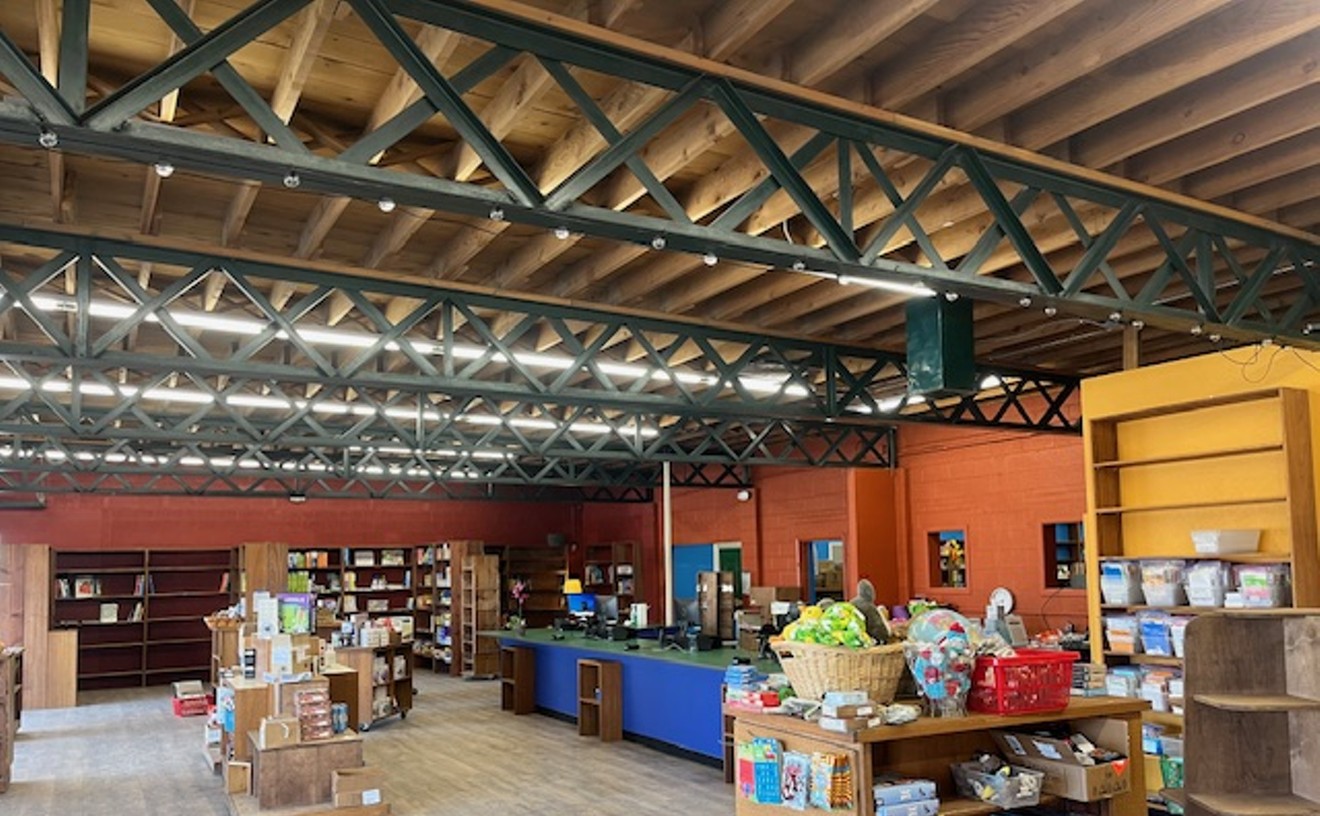Wealthy oilman Frederic C. Hamilton — named this year's Citizen of the West by the National Western Stock Show — has had a long relationship with the Denver Art Museum and currently holds the title of chairman emeritus of the DAM's board of trustees. It was Hamilton who spearheaded the effort to raise more than $110 million in private funds to help pay for the museum's Daniel Libeskind-designed architectural confection — with $26 million of it coming out of his own pocket. No surprise, then, that the decision was made to name the addition the Frederic C. Hamilton Building.
And now Hamilton has doubled down on his largesse, by giving his collection of 22 impressionist paintings — every one of which is on view right now in the museum's Nature as Muse exhibit — to the DAM.
Among the Hamilton paintings is a van Gogh (pictured), the first one by the artist to join the DAM's permanent collection. Other firsts include examples by Cézanne, as well as works by Gustave Caillebotte, Eugène Boudin and Childe Hassam. The gift also adds four Monet paintings to the two already owned by the museum. Additional artists whose paintings are part of the Hamilton horde include William Merritt Chase, Edouard Manet, Berthe Morisot, Camille Pissarro, Auguste Renoir and Alfred Sisley.
Hamilton began collecting over forty years ago. "I was too busy working to even think about art before the late '60s," says Hamilton, who by that time had become successful in the oil business. "If I had to buy these paintings today, I couldn't afford them, and they'd be too hard to find," he muses.
Acting as his own curator while consulting experts such as Charlie Moffett at Sotheby's, Hamilton purchased the works through auction and from dealers and individuals, with the decision to acquire each based essentially on his own instincts and taste. "Every picture I selected, I chose because I liked it and thought it would look good in the house," he explains. Another guiding principle for Hamilton was that he wanted to have examples by all of the major impressionist artists.
I asked Hamilton if, after Nature as Muse closes, the pieces will be integrated into the painting and sculpture galleries in the Ponti building. His response was terse, if good-natured: "All will stay in the Hamilton; they will live in the Hamilton. If they didn't put them in the Hamilton, I wouldn't be giving them the paintings." Apparently the second-level galleries will be employed, though specific plans have not yet been unveiled.
Meanwhile, visitors can enjoy the Hamilton pieces in Nature as Muse until February 9, when the show closes.










